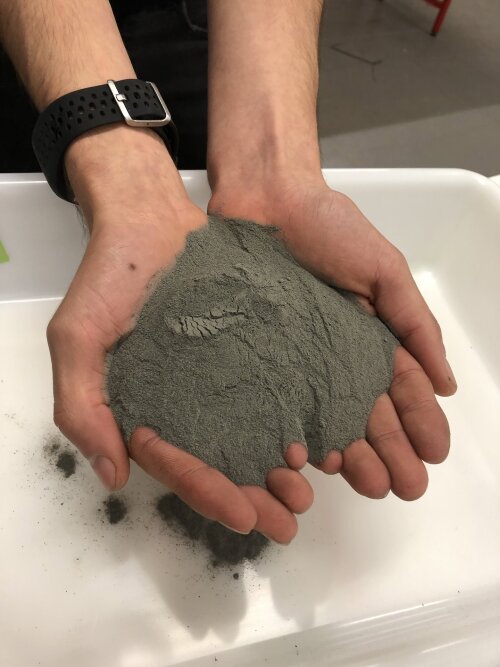Scientists from UAntwerp and elsewhere expect a lot from this special technology
Will we eventually spray powdered rock from airplanes over certain ecosystems to tackle climate change? It seems quite strange, but international research, in which UAntwerp also participated, shows that this technology could potentially remove significant amounts of CO2 from the atmosphere.
In order to achieve the climate goals of the 2015 Paris Agreement, we need a rapid reduction in emissions, but we also need the active removal of CO2 from the atmosphere: so-called negative emissions. This is a huge challenge, because how can we achieve negative emissions on a large enough scale and at a fast enough pace with technologies that are reliable, cost-effective, sustainable and socially acceptable? A number of different negative emission technologies (NETs) have already been proposed. Planting trees is a well-known technique, but nature itself offers many more possibilities.
An international team, including Ivan Janssens and Sara Vicca from the University of Antwerp, investigated the use of finely ground silicate rock (rock dust). Their findings appear in the leading journal Nature Geoscience.
Powdered basalt
‘When silicate rock is ground into dust and spread over the land surface, it will react with CO2, removing this greenhouse gas from the atmosphere’, explains Vicca. ‘This is called the abiotic CO2 removal process. Basalt is an excellent rock to use for applying this technology: it weathers relatively quickly and also contains plant nutrients. These can promote plant growth and thus provide a second CO2 removal process, which has now been quantified for the first time.’
In many ecosystems, CO2 capture by plants is limited by low soil fertility. Spraying nutrient-poor ecosystems with basalt dust, which slowly releases nutrients during weathering, could remove nutrient limitations and promote carbon storage in ecosystems.
Large removal potential
While previous evaluations focused on fertile farmland where existing infrastructures can be used to spread rock dust, the research team has now focused on natural ecosystems with impoverished soils. The scientists used a comprehensive numerical model of the biosphere to simulate the removal of carbon dioxide by rock dust, taking into account both the abiotic and biotic factors.

‘We ended up with a significant removal of CO2 of up to 2.5 billion tonnes per year, of which about 50% was due to the reaction of the biosphere (plants and soil) to the addition of rock dust,’ Ivan Janssens said. ‘The greatest CO2 removal was found in regions that were previously considered unsuitable for the addition of rock dust. This makes the global CO2 removal potential of basalt considerably greater than previously suggested.’
Notable option
The scientists also provided an overview of the full cost of using this technology. Assuming that aircrafts were used that have been equipped to spray rock dust, the cost of CO2 removal was found to be around $150 per tonne of CO2 removed.
In order to achieve a sufficiently high net of CO2 removal, basalt mining would have to be scaled up, remote areas would have to be reached by, for example, drones or airships, and the power needed for the application would have to come from renewable sources.
‘The application of rock dust should be considered as a notable option when modifying land management with the aim of mitigating climate change’, the researchers say. ‘On the other hand, there is an urgent need for field data to improve the quantification of CO2 storage as well as to determine the currently unknown side effects. The use of rock dust in degraded ecosystems and afforestation projects could be a potential area for first application, but it requires careful monitoring to detect and remedy possible negative side effects in time.’